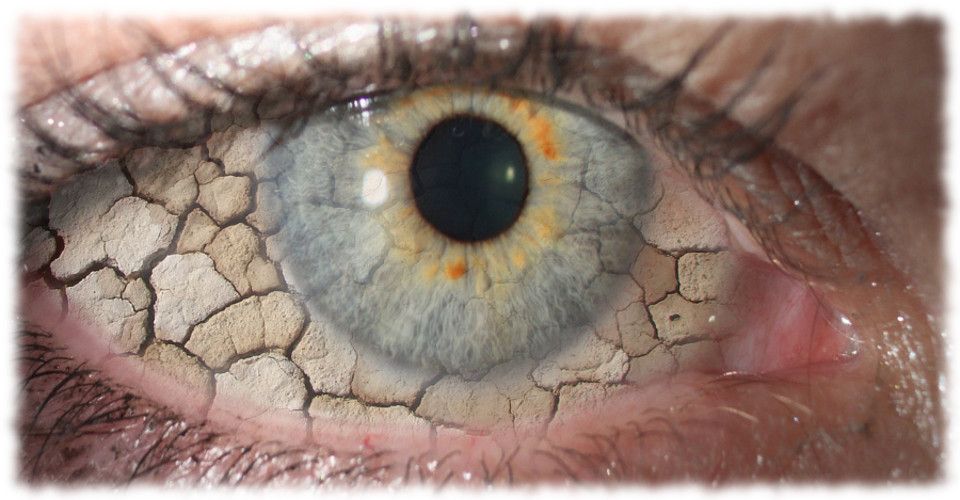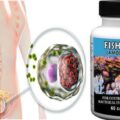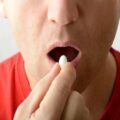Dry eye disease refers to a common condition that occurs when your tears aren’t able to provide adequate lubrication for your eyes. Tears can be inadequate and unstable for many reasons. For example, dry eyes may occur if you don’t produce enough tears or if you produce poor-quality tears.
According to the American Academy of Ophthalmology (AAO), dry eye is more common in older adults and affects roughly 4.88 million people aged 50 years and older in the United States. Of these, over 3.2 million are females, and 1.68 million are males.
However, it can occur at any age, with the National Eye Institute estimating that nearly 16 million U.S. individuals have dry eye.
Many factors can contribute to dry eye, such as the tears drying too quickly, the body not producing enough tears, eyelid problems, the use of certain drugs, and some environmental factors. The symptoms include:
- scratchy, dry, and painful sensation in both of your eyes
- feeling like something is in your eyes
- redness
- mucus in or around your eyes
- light sensitivity
- fatigued eyes
- blurred vision
How To Cure Dry Eyes Permanently
For most people with occasional or mild dry eye symptoms, it’s enough to regularly use over-the-counter eyedrops (artificial tears). If your symptoms are persistent and more serious, you have other options. What you do depends on what’s causing your dry eyes.
Some treatments focus on reversing or managing a condition or factor that’s causing your dry eyes. Other treatments can improve your tear quality or stop your tears from quickly draining away from your eyes.
Treating the underlying cause of dry eyes
In some cases, treating an underlying health issue can help clear up the signs and symptoms of dry eyes. For instance, if a medication is causing your dry eyes, your doctor may recommend a different medication that doesn’t cause that side effect.
If you have an eyelid condition, such as your lids turned outwards (ectropion), your doctor may refer you to an eye surgeon who specializes in plastic surgery of the eyelids (oculoplastic surgeon).
Medications
Prescription medications used to treat dry eyes include:
- Drugs to reduce eyelid inflammation. Inflammation along the edge of your eyelids can keep oil glands from secreting oil into your tears. Your doctor may recommend antibiotics to reduce inflammation. Antibiotics for dry eyes are usually taken by mouth, though some are used as eyedrops or ointments.
- Eyedrops to control cornea inflammation. Inflammation on the surface of your eyes (cornea) may be controlled with prescription eyedrops that contain the immune-suppressing medication cyclosporine (Restasis) or corticosteroids. Corticosteroids are not ideal for long-term use due to possible side effects.
- Eye inserts that work like artificial tears. If you have moderate to severe dry eye symptoms and artificial tears don’t help, another option may be a tiny eye insert that looks like a clear grain of rice. Once a day, you place the hydroxypropyl cellulose (Lacrisert) insert between your lower eyelid and your eyeball. The insert dissolves slowly, releasing a substance that’s used in eyedrops to lubricate your eye.
- Tear-stimulating drugs. Drugs called cholinergics (pilocarpine, cevimeline) help increase tear production. These drugs are available as pills, gel or eyedrops. Possible side effects include sweating.
- Eyedrops made from your own blood. These are called autologous blood serum drops. They may be an option if you have severe dry eye symptoms that don’t respond to any other treatment. To make these eyedrops, a sample of your blood is processed to remove the red blood cells and then mixed with a salt solution.
Other procedures
Other procedures that may be used to treat dry eyes include:
- Closing your tear ducts to reduce tear loss. Your doctor may suggest this treatment to keep your tears from leaving your eye too quickly. This can be done by partially or completely closing your tear ducts, which normally serve to drain tears away.
Tear ducts can be plugged with tiny silicone plugs (punctal plugs). These are removable. Or tear ducts can be plugged with a procedure that uses heat. This is a more permanent solution called thermal cautery.
- Using special contact lenses. Ask your doctor about newer contact lenses designed to help people with dry eyes.
Some people with severe dry eyes may opt for special contact lenses that protect the surface of the eyes and trap moisture. These are called scleral lenses or bandage lenses.
- Unblocking oil glands. Warm compresses or eye masks used daily can help clear up blocked oil glands. A thermal pulsation device is another way to unclog the oil glands, but it is unclear whether this method provides any advantage over warm compresses.
- Using light therapy and eyelid massage. A technique called intense-pulsed light therapy followed by massage of the eyelids has proved to help people with severe dry eyes. Read: Can Dexamethasone Cause Eye Problems?



![How To Cure A Sore [Strep] Throat Fast](https://www.publichealth.com.ng/wp-content/uploads/2018/07/How-To-Cure-A-Sore-Strep-Throat-Fast-120x120.jpg)

